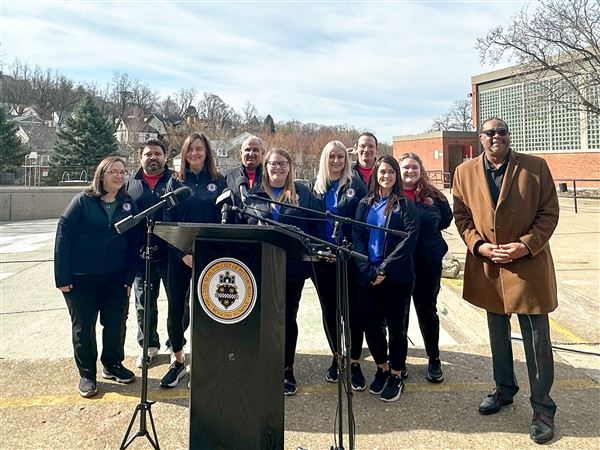Scientists recently returned 302 meteorites from an expedition to Antarctica. Since the first meteorite was discovered on that continent in 1912, Antarctica has become the world's major meteorite hunting ground.
Meteorites provide essential information to scientists about the makeup of asteroids, planets and other bodies of our solar system. Their distribution and study by scientists all over the world has fundamentally changed our understanding of our solar system. They have also expanded our knowledge of the materials and conditions present in the nebula from which our solar system was born 4.5 billion years ago.
Meteorites fall randomly all over the world. The likelihood of finding a meteorite is enhanced in open, flat, arid regions, usually having a light background color. However, the best areas for meteorite hunting are the regions of Earth covered by continental glaciers, such as Greenland and Antarctica. Consequently the East Antarctic ice sheet, a desert of ice, provides an ideal background for meteorite recovery and any rock you find must have fallen from the sky.
In 1976, University of Pittsburgh professor William A. Cassidy recognized the potential for meteorite retrieval in Antarctica, so he started the Antarctic Search for Meteorites program. After about 30 days on the ice, his ANSMET team collected its first nine meteorites. Since then, 20,000 meteorites have been collected by ANSMET.
ANSMET teams consisting of six people are deployed to locations in the deep field for a period of five to seven weeks. They search exposed blue ice in a series of parallel transects 30 meters apart while they slowly drive their snowmobiles across the ice field, scanning visually for meteorites in their paths.
After recovery, the meteorites are transferred to special shipping containers and sent, still frozen, to the Antarctic Meteorite Curation Facility at the Johnson Space Center in Houston. There the meteorites are dried and stored under clean-room conditions until they are studied and distributed to scientists.
First Published: April 26, 2012, 7:30 p.m.















